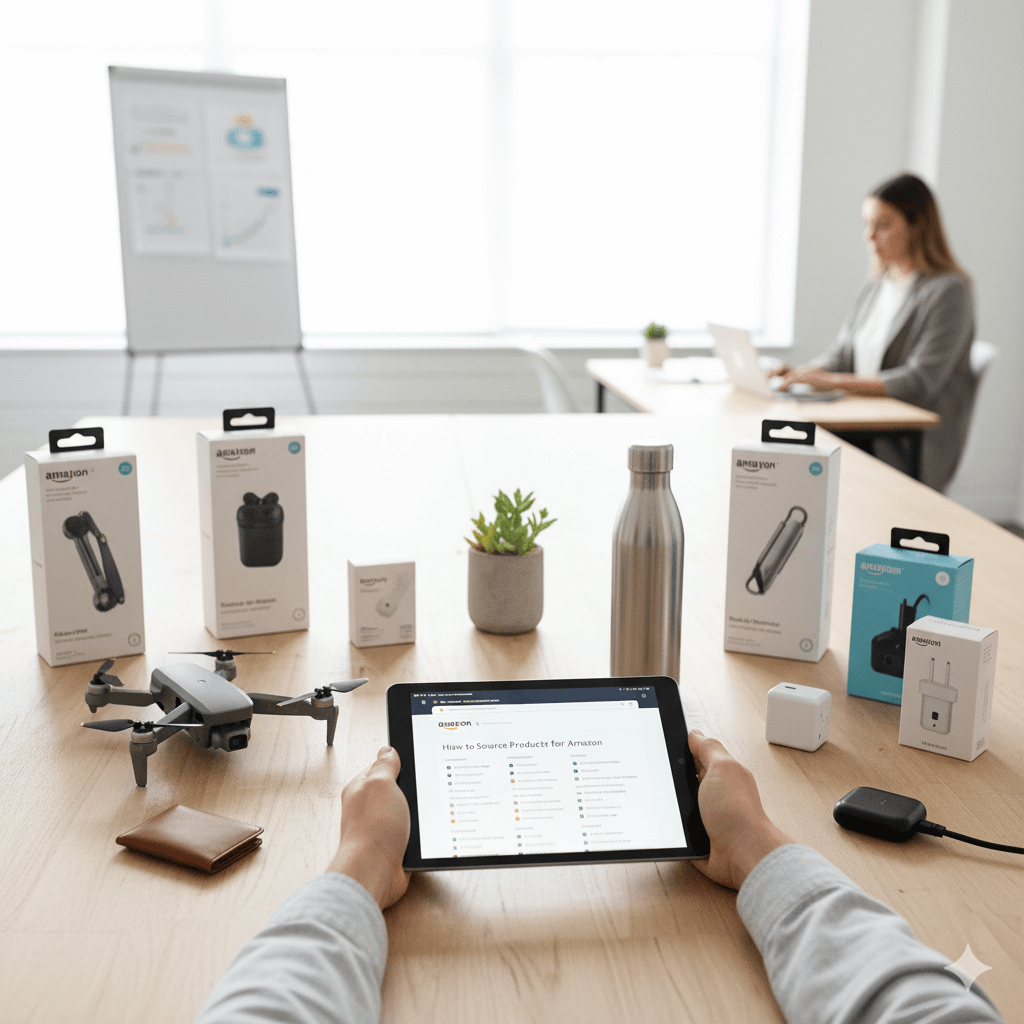
August 29, 2025
As the 90s interior aesthetic makes a striking comeback in 2025, brands and retailers have a golden opportunity to leverage nostalgia while offering c...
Read more
December 11, 2024
Selling on Amazon continues to be one of the most accessible and profitable ways to grow a product-based business. But behind every successful listing...
Read more
January 13, 2024
Choosing the right sourcing strategy is one of the most important decisions for any business looking to expand its product line. Whether you’re a star...
Read more
February 27, 2025
When it comes to developing products, businesses often face crucial decisions about manufacturing models that impact design, production, and branding....
Read more
April 26, 2024
The U.S. market for drones is diverse, catering to users from beginners to seasoned enthusiasts. With options ranging from basic models to high-defini...
Read more
March 20, 2025
Jigsaw puzzles are a timeless pastime, loved by families, hobbyists, and casual players alike. Understanding the trends and preferences in the puzzle ...
Read more
June 26, 2024
Necklaces remain a cornerstone of women’s fashion, transforming any outfit into a statement of personal style. As we enter 2025, trends in women’s nec...
Read more
April 20, 2024
The US market for food jars and canisters is evolving, driven by consumer preferences for functionality, aesthetics, and sustainability. As we look ah...
Read more
April 14, 2024
A Comprehensive Guide for Procurement Teams and Supply Chain LeadersSourcing is the process of finding and selecting suppliers to provide the products...
Read more